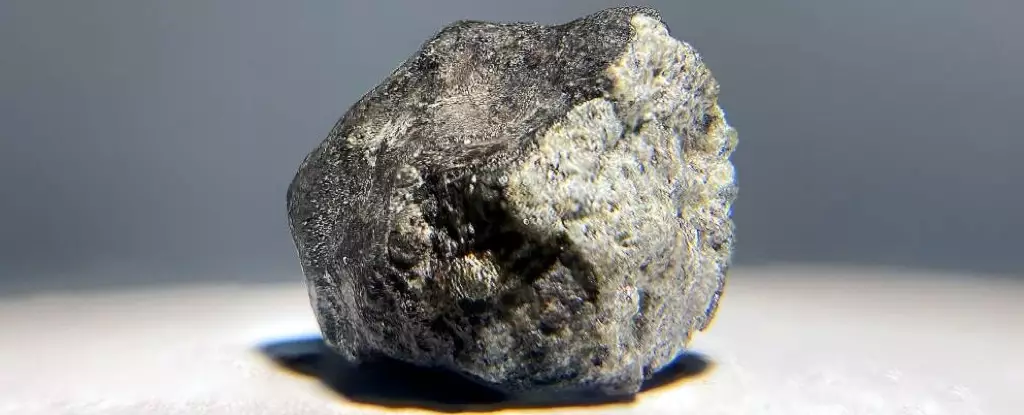Meteorites have captivated humanity for centuries, serving as celestial messengers from the vast cosmos. Despite this fascination, until recently, only a limited number of meteorites could be traced back to their original parent bodies in space. New groundbreaking studies spearheaded by an international collaboration of researchers from the French National Centre for Scientific Research, the European Southern Observatory, and Charles University in the Czech Republic have illuminated the origins of over 90 percent of meteorites found on Earth. This article delves into the significance of these findings and their implications for the understanding of our Solar System.
The studies concentrated on two primary types of meteorites known as H (high iron) and L (low iron) chondrites, which collectively represent about 70 percent of all meteorite finds. Chondrites are made up of small spherical particles called chondrules that formed from rapidly cooled molten rock. Their composition reveals fundamental similarities, suggesting a common ancestry among many meteoritic materials. This shared origin serves as a keystone in the understanding of how these cosmic fragments interact and diversify through the solar system.
The researchers determined that the majority of H and L chondrites have originated from three significant asteroid families—Massalia, Karin, and Koronis—positioned within the asteroid belt situated between Mars and Jupiter. By identifying these families, scientists have established a clearer picture of the events that brought these meteorites to Earth. The identification of these families not only aids in tracing the pathways of meteorites, but also offers insight into the dynamics of asteroids’ evolutionary history.
One of the key breakthroughs of these studies was the dating of major collision events among the aforementioned asteroid families that yielded numerous fragments that would eventually collide with Earth. Researchers disclosed that Massalia, for instance, experienced significant collisions 466 million years ago and again 40 million years ago. Meanwhile, the Karin and Koronis families were characterized by dramatic events occurring around 5.8 and 7.6 million years ago, respectively. The work of scientists in reconstructing these timelines plays a pivotal role in illuminating the chaotic history of our solar system.
This timeline not only connects ancient cosmic events to contemporary meteorite falls but also establishes a context for how these collisions can lead to an influx of smaller fragments becoming freed from their original asteroids. The cyclical nature of these collisions exponentially increases the likelihood of fragments escaping the gravitational confines of their parent bodies and ultimately finding their way to Earth. Herein lies an essential lesson regarding the temporality of meteorite falls; many are products of relatively recent events rather than ancient happenings.
Expanding the Meteorite Catalog
In addition to focusing on H and L chondrites, the research extended to less common meteorite varieties, further enriching the understanding of meteorite origins. By providing assignments for these additional fragments to various asteroid families like Veritas, Polana, and Eos, researchers have significantly expanded the catalog of meteorites attributed to known sources. This robust categorization reduces uncertainties surrounding meteorite origins, enhancing the scientific rigor associated with studying these extraterrestrial materials.
Each insight gained from these studies deepens our understanding of the evolutionary processes operating within the Solar System. Not only do these revelations educate astronomers about the complex tapestry of celestial bodies, but they also pose significant implications for the future trajectories of asteroids and meteorites. Such knowledge contributes to ongoing discussions regarding planetary defense strategies, helping to mitigate potential threats posed by near-Earth objects.
As we piece together the diverse puzzle of meteorite origins, the collaboration among researchers worldwide continues to expand our grasp of this subject. The latest discoveries underline the importance of continued observations and classifications of meteorites to achieve a comprehensive understanding of the cosmos. By revealing more about the cosmic birthplaces of these ancient space rocks, we not only enrich our scientific knowledge but also reignite the wonder of the universe and our place within it. Further studies could lead to even deeper insights, solidifying our connections to the elemental processes of the Solar System and beyond.


Leave a Reply